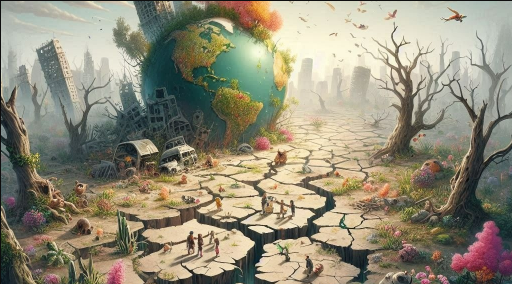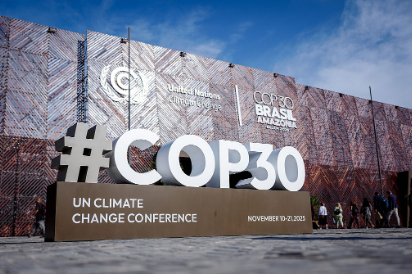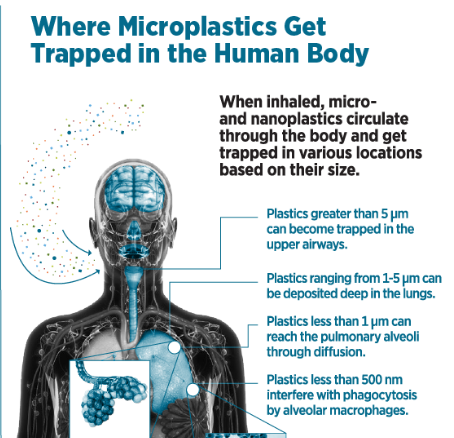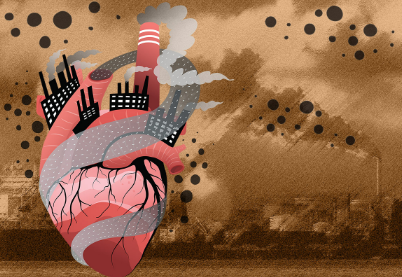Combining environmental education with urban greening efforts, we inspire the next generation and create dense, carbon-capturing forests in our cities to combat climate change
Empowering readers with in-depth insights into climate change, innovative solutions, and sustainable practices to foster informed eco-friendly actions.
Reducing emissions to pave the way for a sustainable future where GHG emissions are equal to GHG sequestration. Pathways for achieving carbon-neutrality and exploring energy-efficient solutions across various sectors including energy, transportation, agriculture, and construction.
A chilling new analysis warns that by 2050, climate change could cause up to 15 million additional deaths worldwide. The figure may appear abstract, but behind it lies a grim reality—millions of people could lose their lives due to extreme heat, floods, droughts, food insecurity, disease outbreaks, and failing health systems. As the planet warms, the human cost of inaction is becoming painfully clear.

Exploring renewable energy (wind, solar, hydro, H₂) alternatives to fossil fuels to achieve carbon-neutrality goals. Ways to reduce the dependency on conventional fuels and building renewable energy capacity.
COP30, held in Belém from November 10 to 21, 2025, ended with a mix of practical gains and uncomfortable gaps that many countries, especially in the Global South, will feel for years. Delegates agreed on new steps to strengthen adaptation planning, a political push to triple adaptation finance by 2035, and a new mechanism to guide workers and communities through the shift away from fossil fuels. Yet the talks failed to produce the one decision most expected: a binding path to move the world off coal, oil, and gas. Instead, negotiators left with voluntary roadmaps, delayed finance targets, and softened language on forests and climate science. For nations facing rising costs of climate damage and limited resources to respond, the outcome offered some help, but not enough certainty.

Understanding the challenges and opportunities with e-Waste and its management across the world. Innovative solutions to reduce, reuse, repurpose and recycle e-waste to generate income and employment.
A new and alarming form of air pollution is emerging across India’s urban centers — invisible to the naked eye but potentially dangerous to every breath we take. Recent scientific findings reveal that microscopic plastic particles, known as inhalable microplastics (iMPs), are now part of the air we breathe. This new contaminant adds a disturbing layer to India’s already critical air-quality crisis.


Climate change isn’t just an environmental challenge — it’s a growing threat to human cardiovascular health. Recent research shows that the combination of extreme temperatures, polluted air, and climate-driven stressors is significantly elevati...

At the sidelines of UNFCCC COP30 in Belém, Brazil, the 11th meeting of Joint Crediting Mechanism (JCM) Partner Countries was held on 19 November 2025. Chaired by Japan’s Environment Minister H.E. Hirotaka Ishihara, the meeting marked an important ...
Rapid urbanization and growing urban affluence tend to have profound environmental consequences causing threat to human beings and the environment. Prolonged ignorance of the ecological feedback is affecting every living and non-living element on Earth. The human ecosystem is bearing the brunt in matters of health, city and regional problems, disrupting social structure, economic inequalities as well as global sustainability. Such environmental changes are distinctly visible in rapidly growing Indian cities and urban agglomerations and even rural regions. Excessive land and air pollution, increased carbon footprint owing to fossil fuel-based energy use, deforestation, depleting water quality, problems of electronic waste disposal, declining population of flora and fauna – to name a few.
